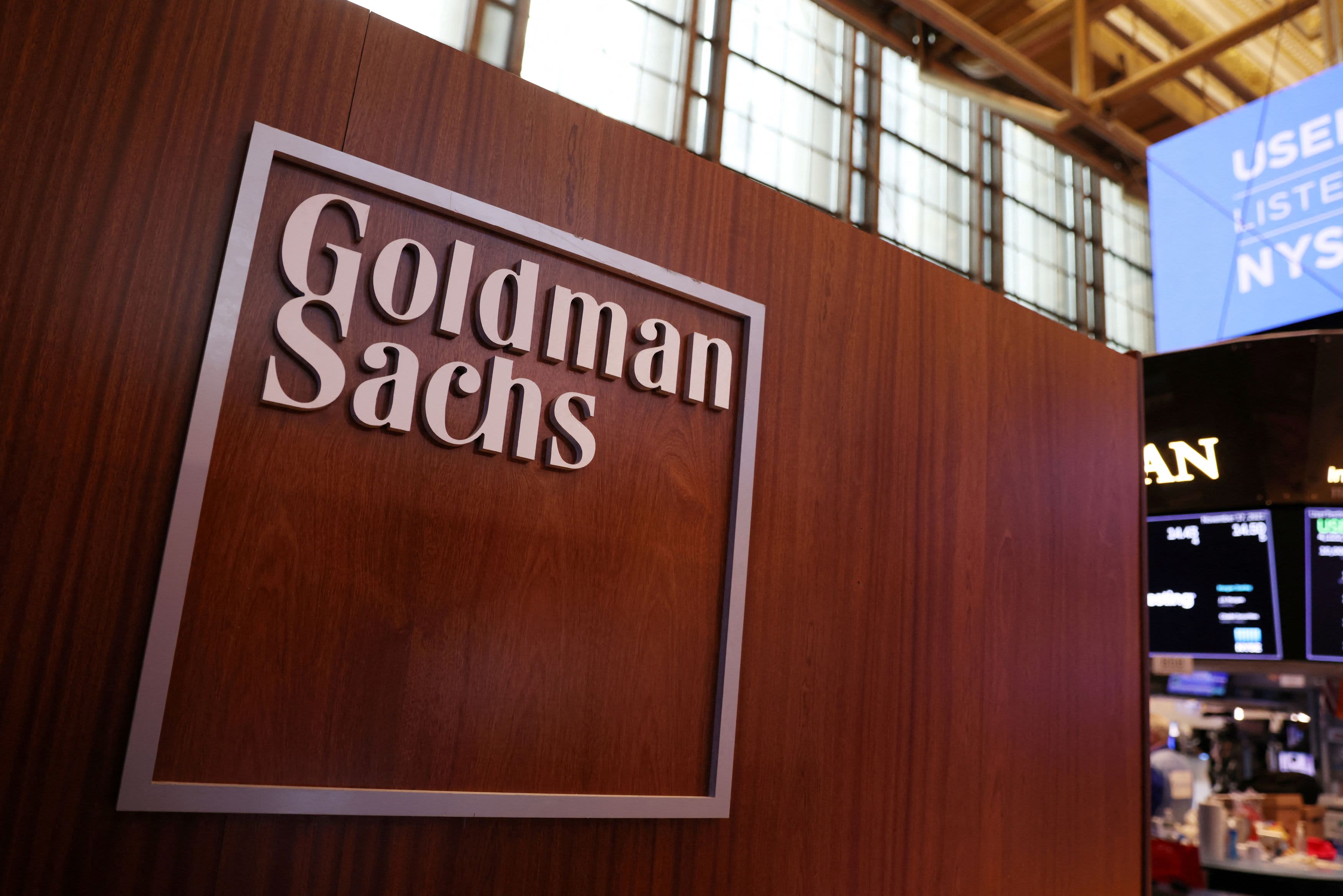Target-date funds are meant as a one-stop shop for your retirement savings. But a key difference between fund brands means they may not be well-suited to all 401(k) investors — especially those close to retirement, financial experts said.
Asset managers tweak the share of stocks, bonds, cash and other TDF holdings, according to an investor’s envisioned retirement year.
related investing news
The funds — which have become the most popular funds in 401(k) plans and are generally available in five-year increments — grow more conservative over time. They dial back on stocks and increase bond and cash holdings as an investor approaches retirement.
More from Personal Finance:
Americans have big number goals for retirement
Are raising taxes the answer to Social Security reform?
Aretha Franklin estate battle shows importance of wills
However, fund managers differ in how they allocate money between those asset classes.
That means funds — even those with the same target year — may have stock and bond holdings that aren’t well aligned with an investor’s financial plan. In other words, they might be too risky or too conservative.
“It could be way off,” said David Blanchett, managing director and head of retirement research at PGIM, the investment management arm of Prudential Financial. “The idea that everyone in a five-year age cohort should have the same asset allocation, it’s just not correct.”
TDF holdings generally vary more near retirement age
As an illustration, consider a Morningstar analysis of “prominent or distinctive” TDF series with a 2055 retirement year:
Last year, the BlackRock LifePath Index and Dimensional Target Date Retirement Income 2055 funds had 98% and 94% allocated to stocks, respectively, on average. Meanwhile, the John Hancock Preservation Blend and American Funds Target Date Retirement 2055 funds had lower average allocations — 80% and 84%, respectively, Morningstar said.
The dynamic is more pronounced for investors closer to retirement.
Take these examples of 2025 funds: The T. Rowe Price Retirement and Vanguard Target Retirement funds had 56% and 54% in stocks, respectively; the John Hancock and Dimensional series had lower respective stock allocations, of 20% and 31%, according to Morningstar.
“When you’re getting closer to retirement, that’s where [TDFs] can kind of deviate a little bit more,” Megan Pacholok, senior manager research analyst at Morningstar, said of asset allocations.
About 82% of 401(k) plans offered TDFs in 2021, according to most recent data from the Plan Sponsor Council of America, a trade group that represents employers. An average 28% of the 401(k) savings in these plans was held in TDFs — a greater share than any other type of investment fund available, according to PSCA data.
The idea that everyone in a five-year age cohort should have the same asset allocation, it’s just not correct.David Blanchettmanaging director and head of retirement research at PGIM
Of course, TDFs can vary in many ways aside from asset allocation. For example, some are known as “through” funds, which continue to get more conservative throughout retirement; others are “to” funds, whose stock-bond proportions stay steady in retirement.
Further, TDFs may differ in the types of stocks (U.S. versus international) and bonds (“junk” versus Treasurys) that they hold, experts said.
“Even though funds with identical target dates may look the same, they may have very different investment strategies and asset allocations that can affect how risky they are and what they are worth at any given point in time, including when and after you retire,” according to the Financial Industry Regulatory Authority, which regulates brokerage firms.
Why asset allocation is more important for retirees
Paying attention to asset allocation is particularly important for investors in or near retirement, Pacholok said. That’s because they generally have larger accounts (relative to young investors) and may not have much, if any, time to recover from investment losses, she said.
That said, TDFs are “a great way to go” for investors who want an “easy button” for retirement savings, Blanchett said. The largest and best-known TDF managers “tend to be relatively similar” in their fund allocations, he said.
Since TDFs are built for the average investor, investors who skew significantly from a typical saver may want to consider building their own portfolios instead of using a target fund, Pacholok said.
“You have to think about how different your circumstance is from the average investor, and whether your deviation is worth the additional time and cost you’d be spending if you weren’t invested in a TDF,” she said.




